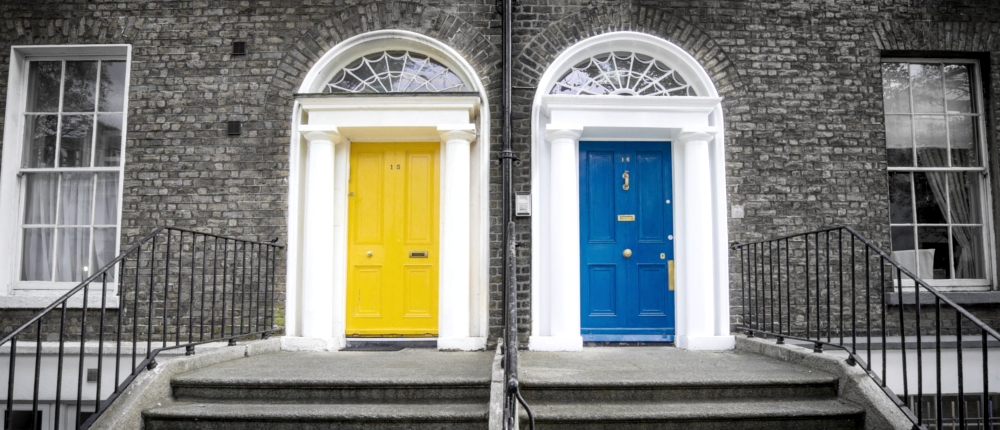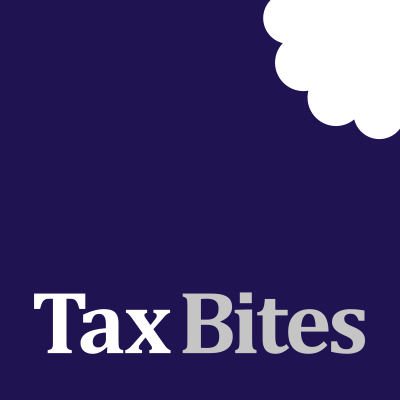
Can sellers benefit from stamp duty land tax (SDLT) planning?
15th June 2018
Posted in Articles, Featured Articles, Property Tax by Andrew Marr
The issue
In literal terms SDLT is a cost for a buyer of property, but this is overly simplistic. In economic terms there is a market price that a buyer will pay for a property and this includes SDLT. Therefore, broadly, as SDLT costs increase, the proceeds which are available to the seller decrease. Based on this premise if a seller can make their property more attractive from an SDLT perspective then (all other things being equal) they should be able to achieve a higher purchase price.
Multiple dwelling relief
Forbes Dawson has achieved significant SDLT reclaims for clients based on the availability of multiple dwelling relief. Typically nobody was aware of this relief at the time of purchase and reclaims are often in excess of £50,000. This relief is relevant where a house has a ‘granny flat’ or an annex because then SDLT is calculated as follows:
1. Divide consideration for the house by two.
2. Calculate SDLT due on that figure.
3. Double it.
This approach gives a significantly lower SDLT result than a calculation based on the full consideration. This is because of increasing rates of SDLT up to 12% for consideration over £1,500,000.
If sellers were aware of this relief then they could usefully use it in negotiations with buyers, rather than leaving them to (possibly) receive an unexpected bonus some months down the line (from which the sellers will not benefit). In some cases it may even be economical for sellers to actually create an annex in order to get the relief.
Commercial property rates
Using similar principles to those above great use can be made of the rule that only a small amount of non-residential subject matter in a transaction is needed to make SDLT calculable at commercial rates.
Example problem
John is trying to sell his spread in the country for £2M. He has an interested purchaser but negotiations are not going well and this is partly because the purchaser has been advised of the phenomenal amount of SDLT that he will have to pay.
Originally he thought it would be £153,750 calculated as:
£125,000 @ 0% = £0
+
£125,000 @ 2% = £2,500
+
£675,000 @ 5% = £33,750
+
£575,000 @ 10% = £57,500
+
£500,000 @ 12% = £60,000
= £153,750
He was irritated enough by this charge but has now been informed that the 3% SDLT surcharge for second homes applies which increases the SDLT by £60,000 to £213,750!
He has responded to this by trying to chip the seller by £60,000 and the negotiations are in danger of falling through.
Solution
John actually rents a fairly small piece of land to a farmer for about £3,000 a year. Just in the nick of time he learns that commercial rates of SDLT are therefore applicable and the SDLT should actually be:
£125,000 @ 0% = £0
+
£125,000 @ 2% = £2,500
+
£1,750,000 @ 5% = £87,500
= £90,000
Suddenly John can tell the purchaser to ‘checkout the SDLT rules’ because prima facie £123,750 less SDLT is payable. As a result he may want to now start chipping the consideration upward! – which is the main point of this Tax Bite.



